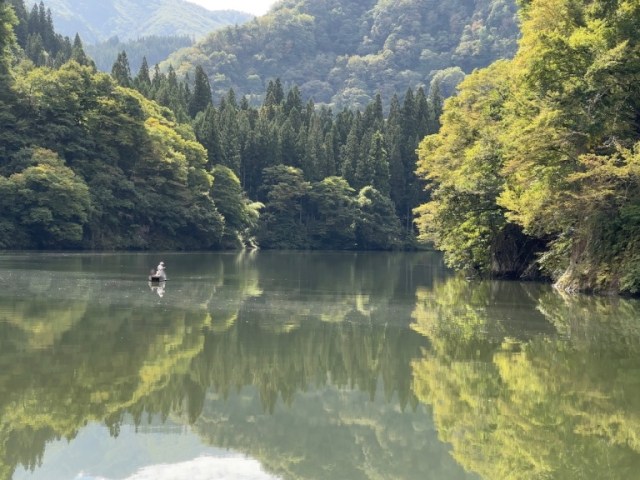
A perfectly peaceful river cruise takes us on a trip back into the past.
Up until the mid-1960s, the people of the town of Mifuke lived a very unique lifestyle. Located on the bank of the Tadamigawa River in the mountains of Fukushima Prefecture, Mifuke had no roads, trains, or bridges that connected it to any outside communities, so if residents of the village needed to go anywhere, they had to go by boat.
But Mifuke wasn’t a large enough village for regular, large-scale ferry services. Instead, each household had a boat of its own. This wasn’t a resort town of wealthy yacht owners, so families had traditional Japanese-style rowboats, wooden and low-lying. Even children learned to pilot them, rowing themselves across the river to the access point to the nearest rail station where they’d catch the train to school in the morning.
Then, in 1964, disaster struck, as a landslide damaged the village badly enough that the entire population had no choice but to move elsewhere. But Mifuke’s traditions have still found a way to live on, as travelers can cruise the river in the same sort of rowboats the townspeople used to use, and explore the remains of the abandoned village on foot.
That’s just what we did on a recent trip to the area, which is known as Mugenkyo. Mugenkyo translates to “mountain gorge of fog and illusions,” since the river is frequently covered by dense mists on summer mornings and evenings.
▼ A music video shot in Mugenkyo
With our visit coming in early fall, it was too late in the year to see this phenomenon, but our tour did start out mysteriously, as instead of a waiting room, we were instructed to wait for our boat in the open-air of a field.
▼ There’s a porta-potty, which you’d be wise to make use of before getting on the water.
▼ The starting-point dock for the tour, which is a two-minute walk from Hayato Station on the JR Tadami Line
At the appointed time, our guide/boatman came gliding over to the dock. Though the Tadamigawa River is usually very calm in this section, there was still a brief safety explanation and lifejacket fitting, after which we got underway.
Two different packages are available: a 45-minute boat ride down the river and back, or a 90-minute course with a walking tour of the abandoned Mifuke village site in the middle. Advance reservations are required, and since departure times are staggered, there are no clamoring crowds or clustered boats to diminish the pristine sense of calm and natural beauty.
In keeping with tradition, the boats are rowed (though they are equipped with a motor in case of emergency or other urgently required returns). With no roads or other development about, the only sounds we heard were the oar sliding into the water, the chirping of birds, the wind in the trees, and the occasional echoes of a local-line train. It’s so peaceful that it almost felt like we were floating through a dream.
It takes about 20 minutes to reach Mifuke. After docking and securing the boat, our guide began leading us to the site of the abandoned village.
It’s not a particularly treacherous path, but still, you’ll want footwear with grippy soles and good ankle support.
As mentioned above, Mifuke was abandoned following a landslide that took place in 1964, but it wasn’t an entirely natural disaster. In 1957, a sulfur mine was opened at the base of the mountains at the back of the village. Seven years later it ceased operations, but the mine’s tunnels were not sealed. This allowed water to gradually accumulate in the shafts, until eventually the mine collapsed.
Miraculously, no one was killed. The 10 families living in Mifuke, though, had to relocate, and as we walked we passed by empty plots of land where their houses had been cleared away following the disaster and evacuation.
▼ A photo of the village pre-landslide
▼ The town’s jizo statue, meant to offer protection to travelers, still stands in the same spot it occupied prior to the evacuation.
Most of the families relocated to nearby towns, and there is now road access to the Mifuke site, and some former residents do come from time to time to see how the place is doing, but no one has moved back permanently.
One of Mifuke’s houses is still standing, though, more or less as it was before the landslide. It’s actually a privately owned vacation cottage, but guided tours have permission to visit it and go inside.
The steeply slanted roof is designed to keep snow from accumulating during the winter. Inside is classical Japanese farmhouse design, with an irori (hearth) set into the floor and sliding doors/walls that allow rooms to be separated or combined as desired.
The words “abandoned village” might conjure up images of a dangerous, or at least gloomy, place. Visiting Mifuke on a sunny autumn afternoon, though, was a great way to de-stress and help keep the town’s memory alive.
The 90-minute tour that includes the walking portion is priced at 8,000 yen (US$53) for one or two people or 12,000 for three, with the respective prices for the 45-minute boat-only course 6,000 and 9,000 yen. Tours are offered until late November before shutting down for the cold winter months, so there’s still time to visit, specially with the area’s leaves starting to change to their fall colors.
Related: Mugenkyo River Crossing reservation website
Photos ©SoraNews24
● Want to hear about SoraNews24’s latest articles as soon as they’re published? Follow us on Facebook and Twitter!
[ Read in Japanese ]

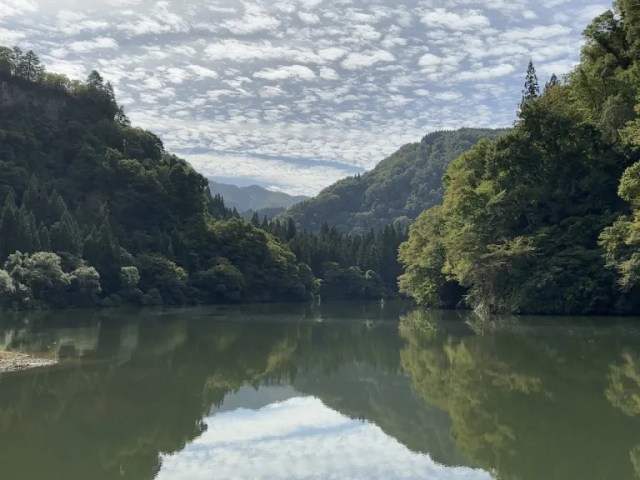
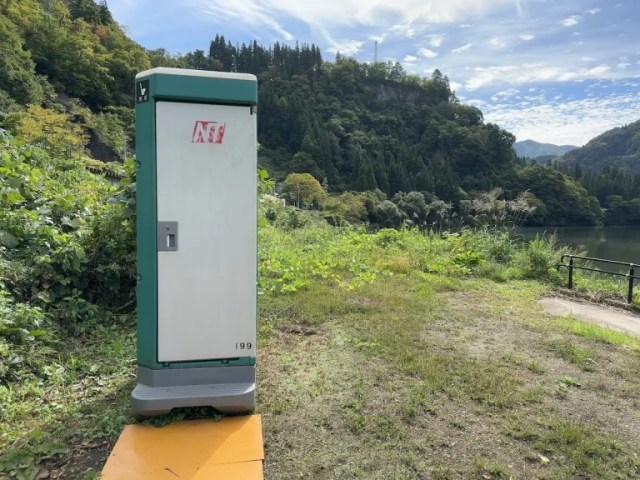

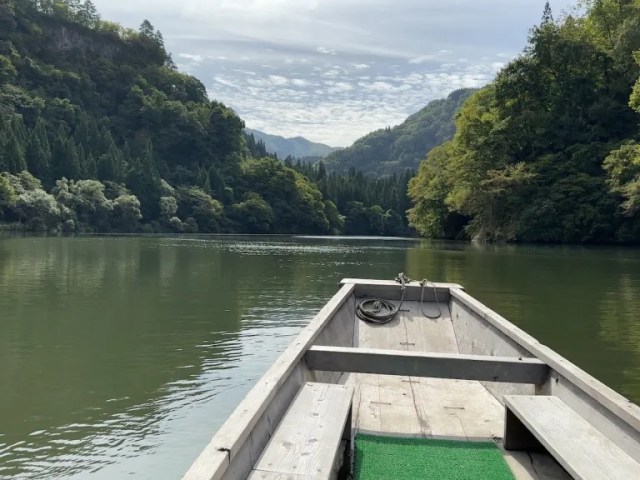
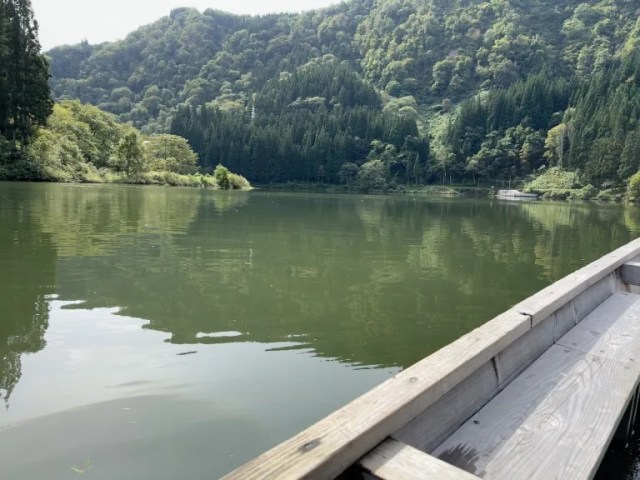
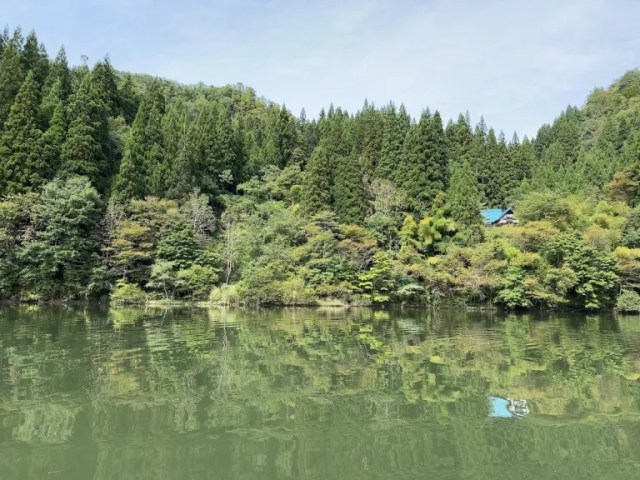
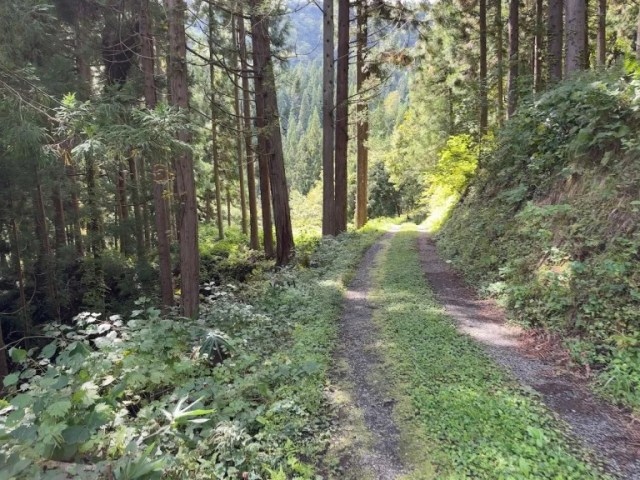
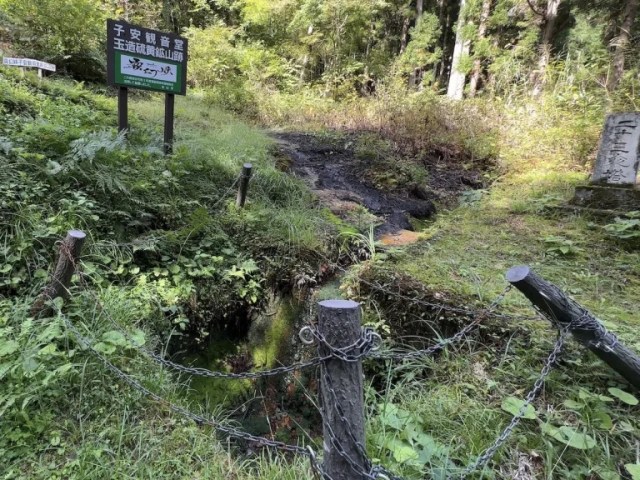
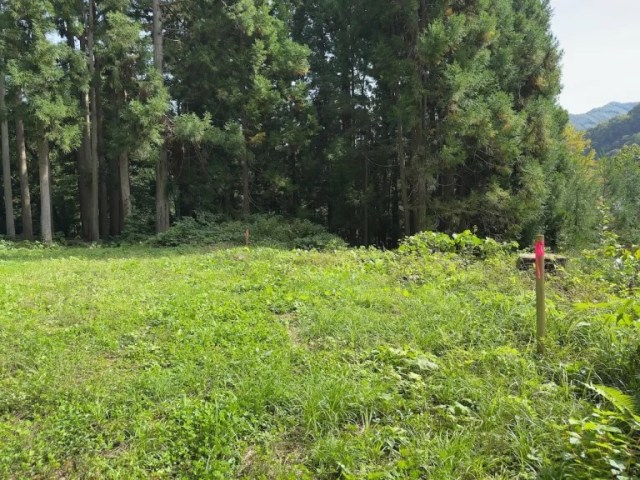


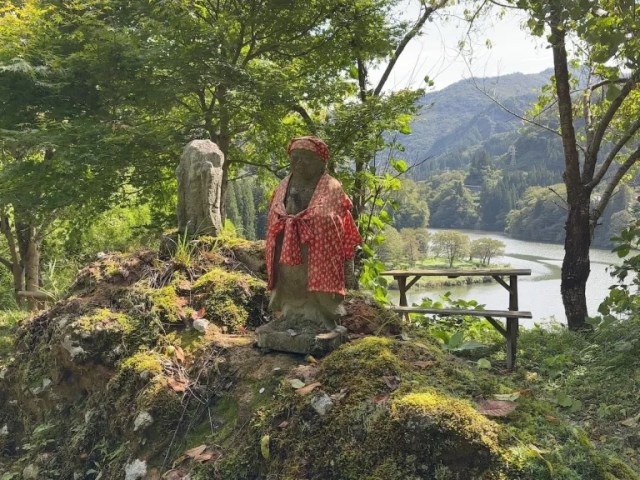
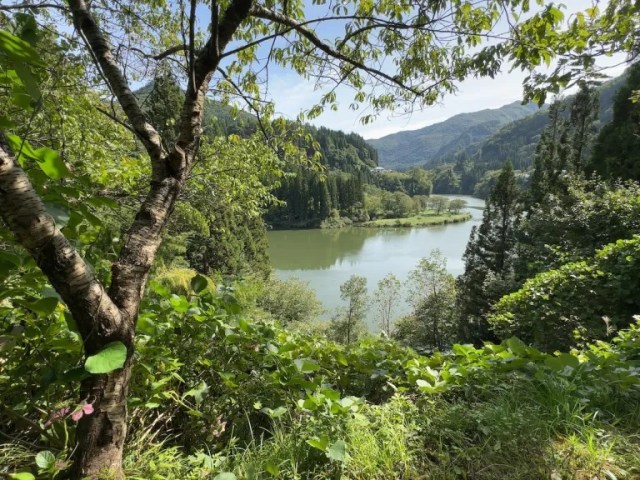
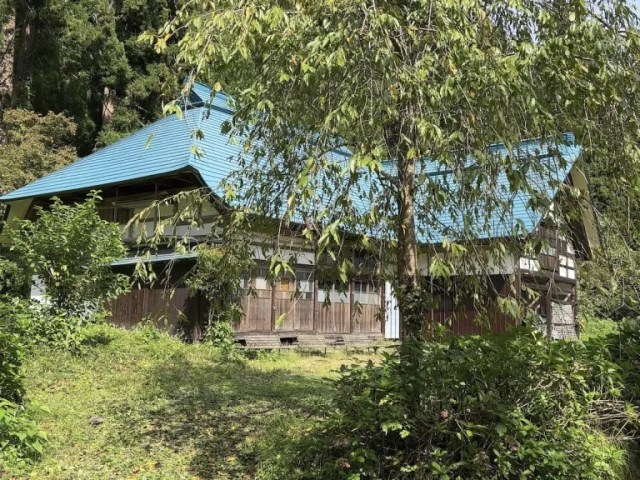
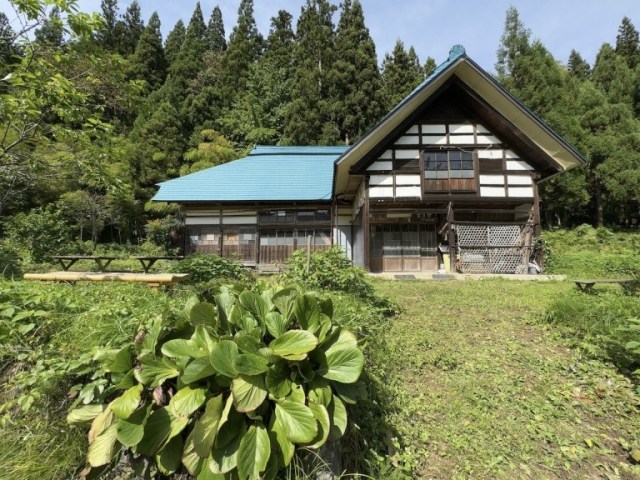
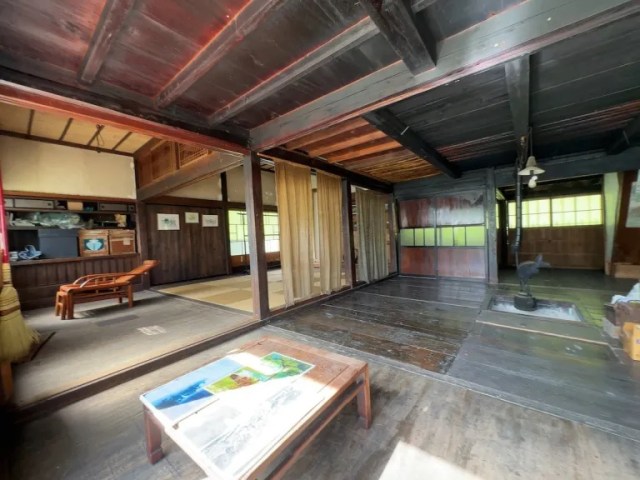
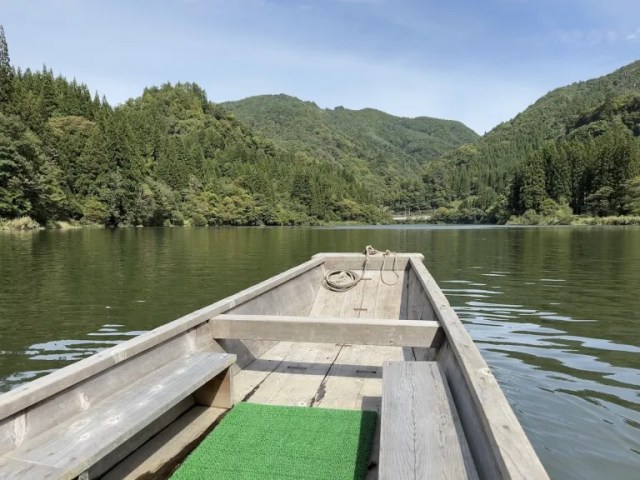
 Skip the crowds at Tokyo’s most popular cherry blossom spot with Meguro River Hanami Cruise
Skip the crowds at Tokyo’s most popular cherry blossom spot with Meguro River Hanami Cruise Cruising around Gunkanjima, Japan’s otherworldly “Battleship Island”【Photos】
Cruising around Gunkanjima, Japan’s otherworldly “Battleship Island”【Photos】 Abandoned Chinese fishing village gets a natural facelift and it’s awesome 【Photos】
Abandoned Chinese fishing village gets a natural facelift and it’s awesome 【Photos】 Viewing Yokohama cherry blossoms on a stand up paddle board!
Viewing Yokohama cherry blossoms on a stand up paddle board! You can build Japan’s hauntingly beautiful Gunkanjima as a papercraft kit【Photos】
You can build Japan’s hauntingly beautiful Gunkanjima as a papercraft kit【Photos】 Foreigner’s request for help in Tokyo makes us sad for the state of society
Foreigner’s request for help in Tokyo makes us sad for the state of society Japanese city loses residents’ personal data, which was on paper being transported on a windy day
Japanese city loses residents’ personal data, which was on paper being transported on a windy day Seaside scenery, history, and so many desserts on Yokohama’s Akai Kutsu【Japan Loop Buses】
Seaside scenery, history, and so many desserts on Yokohama’s Akai Kutsu【Japan Loop Buses】 Doraemon found buried at sea as scene from 1993 anime becomes real life【Photos】
Doraemon found buried at sea as scene from 1993 anime becomes real life【Photos】 Japanese ramen restaurants under pressure from new yen banknotes
Japanese ramen restaurants under pressure from new yen banknotes Should you add tartar sauce to Japanese curry rice? CoCo Ichi makes diners an unusual offer
Should you add tartar sauce to Japanese curry rice? CoCo Ichi makes diners an unusual offer Smash Bros. director Sakurai stabs Kirby in the face, has delicious justification for it
Smash Bros. director Sakurai stabs Kirby in the face, has delicious justification for it NHK bill collector arrested for kissing woman on the job: “I thought we were hitting it off!”
NHK bill collector arrested for kissing woman on the job: “I thought we were hitting it off!” We try five menu recommendations from a clerk at CoCo Ichibanya and almost fall in love
We try five menu recommendations from a clerk at CoCo Ichibanya and almost fall in love Why Japanese doesn’t need swear words
Why Japanese doesn’t need swear words McDonald’s new Happy Meals offer up cute and practical Sanrio lifestyle goods
McDonald’s new Happy Meals offer up cute and practical Sanrio lifestyle goods French Fries Bread in Tokyo’s Shibuya becomes a hit on social media
French Fries Bread in Tokyo’s Shibuya becomes a hit on social media Studio Ghibli releases new action figures featuring Nausicaä of the Valley of the Wind characters
Studio Ghibli releases new action figures featuring Nausicaä of the Valley of the Wind characters Red light district sushi restaurant in Tokyo shows us just how wrong we were about it
Red light district sushi restaurant in Tokyo shows us just how wrong we were about it New private rooms on Tokaido Shinkansen change the way we travel from Tokyo to Kyoto
New private rooms on Tokaido Shinkansen change the way we travel from Tokyo to Kyoto Tokyo Tsukiji fish market site to be redeveloped with 50,000-seat stadium, hotel, shopping center
Tokyo Tsukiji fish market site to be redeveloped with 50,000-seat stadium, hotel, shopping center Beautiful Ghibli sealing wax kits let you create accessories and elegant letter decorations【Pics】
Beautiful Ghibli sealing wax kits let you create accessories and elegant letter decorations【Pics】 Studio Ghibli releases Kiki’s Delivery Service chocolate cake pouches in Japan
Studio Ghibli releases Kiki’s Delivery Service chocolate cake pouches in Japan New definition of “Japanese whiskey” goes into effect to prevent fakes from fooling overseas buyers
New definition of “Japanese whiskey” goes into effect to prevent fakes from fooling overseas buyers Our Japanese reporter visits Costco in the U.S., finds super American and very Japanese things
Our Japanese reporter visits Costco in the U.S., finds super American and very Japanese things All-you-can-drink Starbucks and amazing views part of Tokyo’s new 170 meter-high sky lounge
All-you-can-drink Starbucks and amazing views part of Tokyo’s new 170 meter-high sky lounge More foreign tourists than ever before in history visited Japan last month
More foreign tourists than ever before in history visited Japan last month New Pokémon cakes let you eat your way through Pikachu and all the Eevee evolutions
New Pokémon cakes let you eat your way through Pikachu and all the Eevee evolutions Disney princesses get official manga makeovers for Manga Princess Cafe opening in Tokyo
Disney princesses get official manga makeovers for Manga Princess Cafe opening in Tokyo Sales of Japan’s most convenient train ticket/shopping payment cards suspended indefinitely
Sales of Japan’s most convenient train ticket/shopping payment cards suspended indefinitely Sold-out Studio Ghibli desktop humidifiers are back so Totoro can help you through the dry season
Sold-out Studio Ghibli desktop humidifiers are back so Totoro can help you through the dry season Japanese government to make first change to romanization spelling rules since the 1950s
Japanese government to make first change to romanization spelling rules since the 1950s Ghibli founders Toshio Suzuki and Hayao Miyazaki contribute to Japanese whisky Totoro label design
Ghibli founders Toshio Suzuki and Hayao Miyazaki contribute to Japanese whisky Totoro label design Tokyo’s most famous Starbucks is closed
Tokyo’s most famous Starbucks is closed One Piece characters’ nationalities revealed, but fans have mixed opinions
One Piece characters’ nationalities revealed, but fans have mixed opinions We asked a Uniqlo employee what four things we should buy and their suggestions didn’t disappoint
We asked a Uniqlo employee what four things we should buy and their suggestions didn’t disappoint Princesses, fruits, and blacksmiths: Study reveals the 30 most unusual family names in Japan
Princesses, fruits, and blacksmiths: Study reveals the 30 most unusual family names in Japan There’s something fishy about that catch! People in Chinese city urged not to eat floating carp
There’s something fishy about that catch! People in Chinese city urged not to eat floating carp There’s more to do than just look at the flowers at Tokyo’s biggest riverside sakura celebration
There’s more to do than just look at the flowers at Tokyo’s biggest riverside sakura celebration Couldn’t catch the cherry blossoms in full bloom? We’ve got a unique idea for you!
Couldn’t catch the cherry blossoms in full bloom? We’ve got a unique idea for you! What it’s like to rent a boyfriend in China
What it’s like to rent a boyfriend in China 7 things that surprise a visitor to Laos 【Photos】
7 things that surprise a visitor to Laos 【Photos】 Japanese town bids for new residents with hilarious fake zombie game trailer 【Video】
Japanese town bids for new residents with hilarious fake zombie game trailer 【Video】 Don’t let the rain get you down! Here are Japan’s top 10 most beautiful rainy day travel spots
Don’t let the rain get you down! Here are Japan’s top 10 most beautiful rainy day travel spots There’s a samurai-era village for you to walk through at this awesome overlooked museum in Japan
There’s a samurai-era village for you to walk through at this awesome overlooked museum in Japan Why not celebrate your graduation with a cool boat trip to the world’s biggest tidal whirlpools?
Why not celebrate your graduation with a cool boat trip to the world’s biggest tidal whirlpools? “Titanic Slide” available for rent in Japan, ready to offend at your next birthday party 【Pics】
“Titanic Slide” available for rent in Japan, ready to offend at your next birthday party 【Pics】 Mystery Tourist Spot: Merlions in Japan?
Mystery Tourist Spot: Merlions in Japan? Clip showing Chinese excavator rowing boat using its claw has Japanese Internet in stitches
Clip showing Chinese excavator rowing boat using its claw has Japanese Internet in stitches Kyoto’s Kamogawa River turned blood-red, and no one knows why【Video】
Kyoto’s Kamogawa River turned blood-red, and no one knows why【Video】 Sturgeons in Japanese village outnumber human population, used as marketing strategy
Sturgeons in Japanese village outnumber human population, used as marketing strategy Touching video chronicles pup’s transformation from timid pound rescue to brave rescue dog
Touching video chronicles pup’s transformation from timid pound rescue to brave rescue dog
Leave a Reply